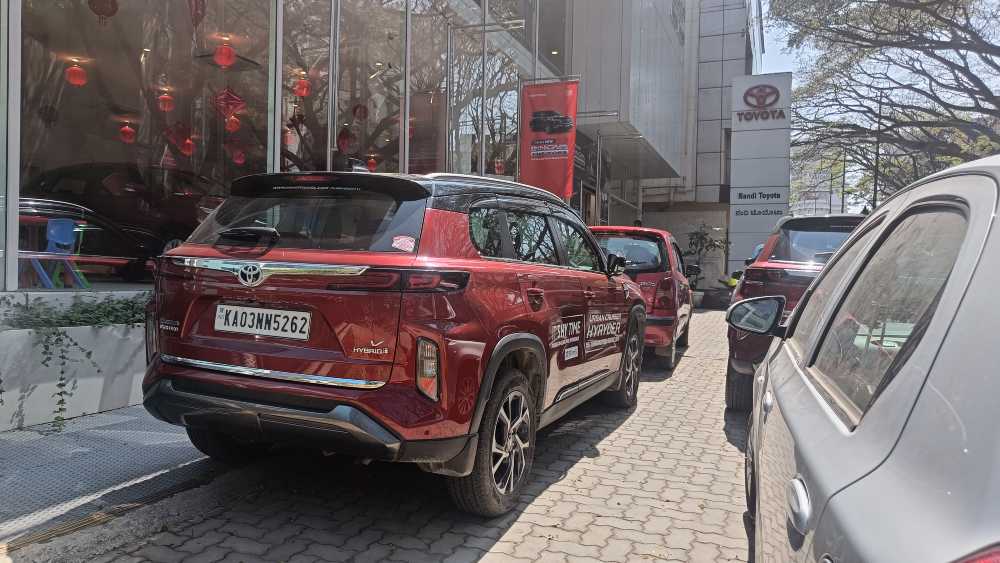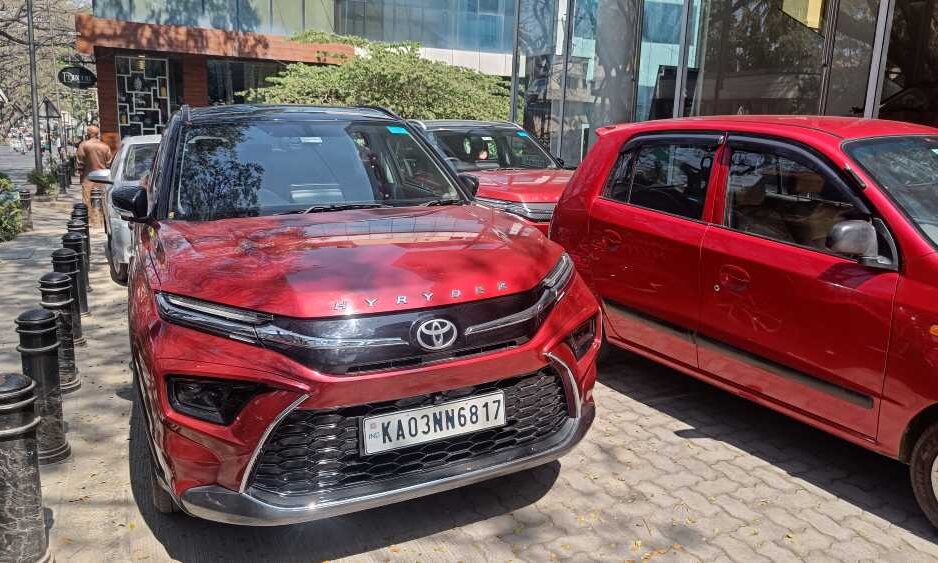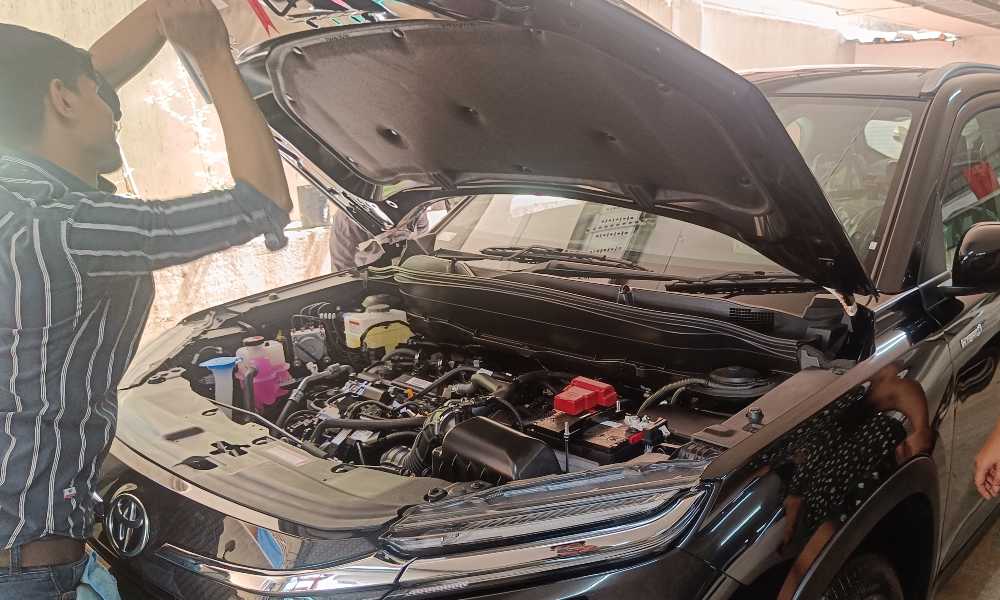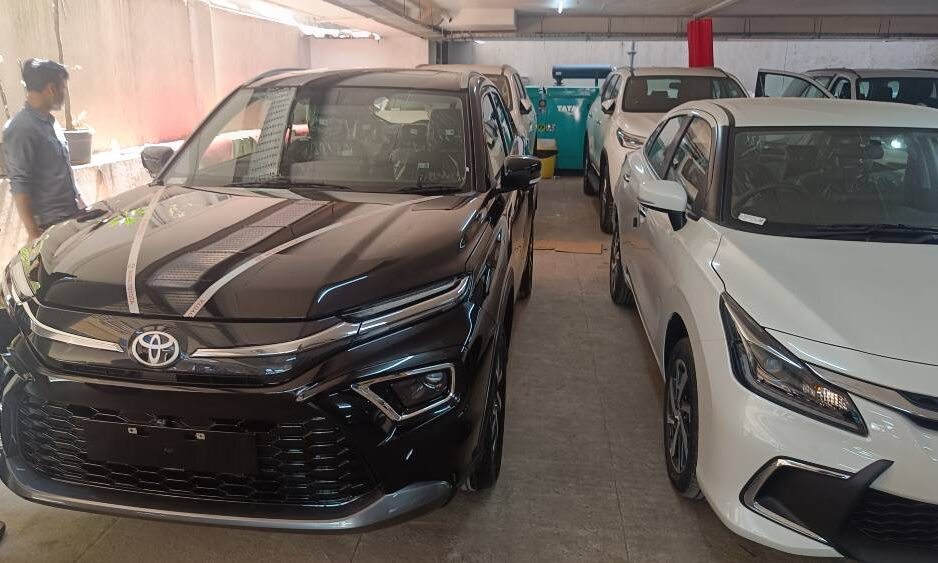Hybrid vehicles are levied a tax rate of 43 percent which makes them expensive.
Hybrid Electric vehicles (HEVs) are unaffordable for most people as they are still taxed at 43 per cent despite a parliament standing committee recommendation to lower the tax rate. The consequent high prices and decrease in adoption of these vehicles makes it difficult to meet India’s carbon emission target of 2030.
Anmol Mashetty, who wants to buy a Toyota Urban Cruiser Hyryder, a leading HEV in the market said that if the taxes are reduced, then the cost of the vehicle will reduce to suit his budget.
“I think the government is levying lesser tax for Electrical Vehicles (EVs) to meet their vision to encourage more people to buy them. But as these hybrid cars work on both electricity and a Internal Combustion Engine (ICE), they ensure improved mileage and better performance that will save money,” he said.
The Department-related Parliamentary Standing Committee on Industry headed by Dr. K. KeshavaRao, MP of RajyaSabha in its report on “Electric and Hybrid Mobility – Prospects and Challenges in Automobile Industry”, pertaining to Ministry of Heavy Industries to the Parliament on December 6, 2021, observed that EVs that reduce energy consumption by 75 percent were taxed at five percent against the tax rate of 30 to 45 percent levied for HEVs.
Anish, a chartered accountant, and a taxation expert said that HEVs are still considered a conventional ICE vehicle and that is why a 43 percent tax is levied on them. “In my opinion, the government will not reduce the tax rate on HEVs. They will be definitely focusing on EVs in the future. In a country like India, HEVs will act as a middle ground as the carbon emissions are lesser.”
Prithvi Shekhar C S, Territory Head of Nandi Toyota, a hybrid car showroom in Bangalore said that with the dual source of power, the vehicle will have much more power and can provide better mileage for the customer. Also, as there are fewer charging points in the country, the regenerative braking technology used by HEVs will be effective.
“For a distance of 100 kilometres (km), a hybrid car uses electricity for 40 km and fuel for the rest 60 km . So the mileage would be really good and the new models like Welfare and Camry address the past disadvantages of hybrid vehicles like low power output and thickness of the frame,” he said. He added that tax exemptions are all government norms and the dealers or manufacturers cannot do anything with them.
Fossil fuel taxes
HEVs are powered by an internal combustion engine that uses fuels like petrol or diesel in combination with electric motors that use energy stored in batteries. They usually come up in two varieties- mild hybrids and full hybrids. The mild hybrid vehicles also power the vehicle through batteries and electric motors and can allow the engine to shut off when the vehicle stops, thereby saving fuel. Whereas the full ones consist of larger batteries and powerful electric motors, that can power the vehicle at a low speed.
In addition to the high tax rates, the flagship scheme by the government for clean mobility technology, the Faster Adoption and Manufacturing of Hybrid and Electric Vehicles in India –II (FAME-II) covers EVs of all segments whereas, only the four-wheeler segment of HEVs are covered.
Umashankar B P, Additional Commissioner for Transport for Karnataka Government said, “Taxes can be exempted only if there is no carbon emission or usage of fossil fuels. But as hybrid vehicles use fuels like petrol or diesel, they cannot be exempted from any taxes.” He added that in the future EVs also might have to pay all kinds of taxes.
Whereas, some states like Haryana are offering a 15 percent subsidy on hybrid vehicles with a maximum ceiling of Rs. 3 lakhs for passenger cars priced below Rs. 40 lakhs.
However, Mariam Megha Paul, Consultant, Global Green Institute said that the price for an HEV is much higher than a normal EV. She said that the maintenance cost for an EV is less than what you expect from a HEV as they have an internal combustion engine and a battery. She also added that maintenance should be done sometimes more than a normal vehicle. “In my opinion, the government should push for EVs and focus on building charging infrastructure and their development. Why would the government push for mass adoption of HEVs?” she asked.
But Anmol said that his new car would cost around Rs. 22 lakhs and the price of an EV with similar features will also come around that same price range itself.
Still, Business Standard reported that India recorded sales of 115,032 hybrids (mild and full) in the financial year 22 (FY22), which is 4.2 percent of the 2.7 million passenger vehicles sold in India during the period.
A Global Automotive Consumer Study 2022 conducted by Deloitte demonstrates a shift in mobility trends in India. More than a third of Indian consumers have expressed interest in electrified and hybrid vehicles and 59 percent of Indian consumers are concerned about climate change, pollution levels, and gasoline/diesel vehicles emissions.







